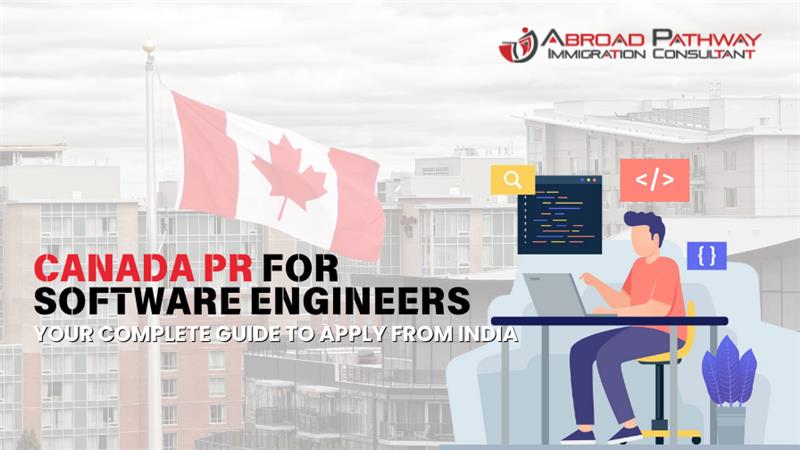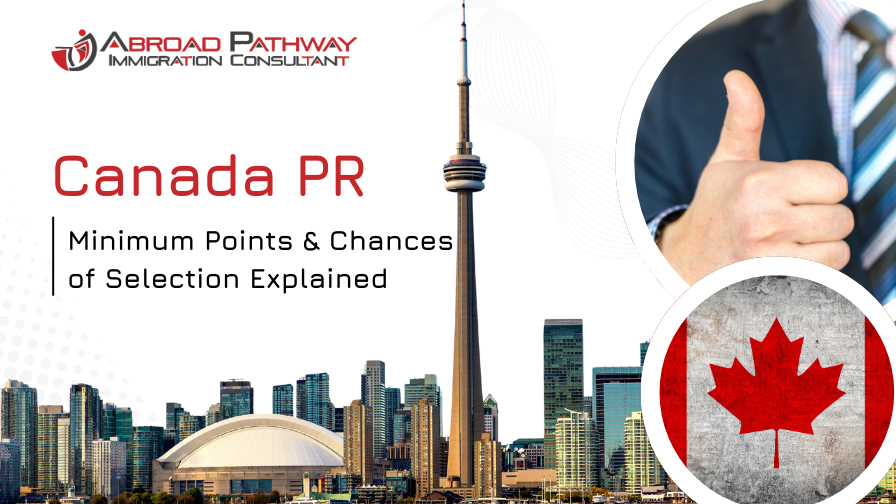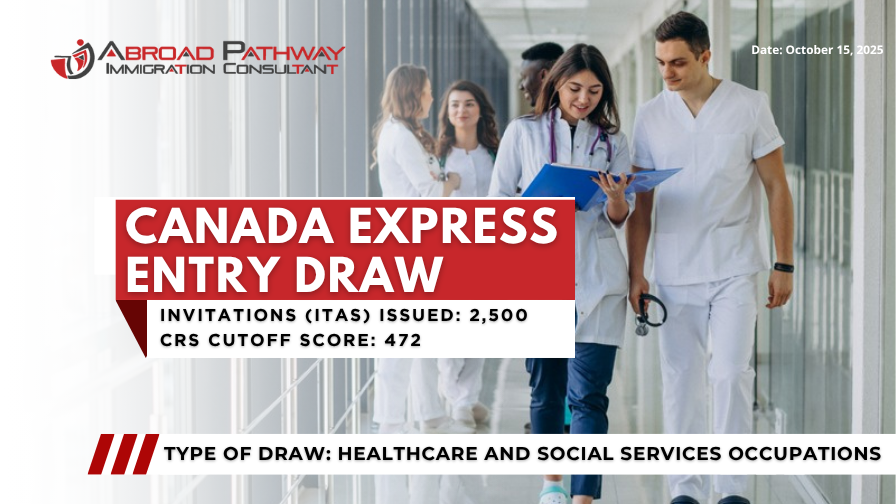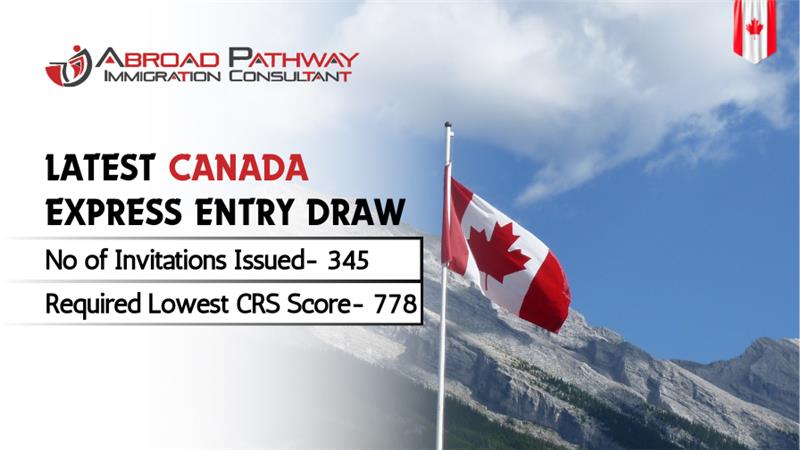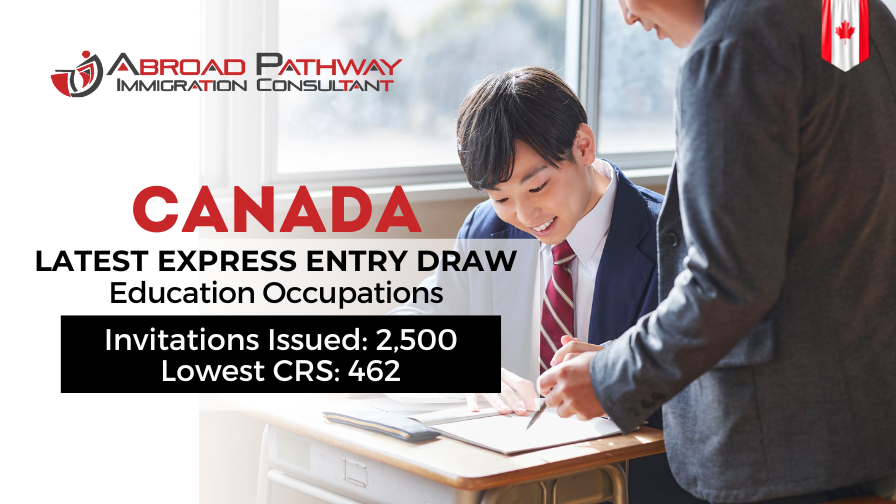Table of Content
2. Understanding Canada Immigration Policies
- Key Changes in Immigration Rules
- Impact of Immigration on Canada’s Economy
- Addressing Labor Shortages Through Immigration
3. Pathways to Permanent Residency in Canada
- Express Entry System Overview
- Provincial Nominee Programs Explained
- Family Sponsorship Opportunities
4. Navigating Work and Study Permits
- Work Permit Categories and Eligibility
- Study Permits for International Students
- Transitioning from Temporary to Permanent Residency
5. Preparing for Life in Canada as a Newcomer
- Essential Documents for Newcomers
- Finding Housing and Employment
- Accessing Healthcare and Social Services
6. Modernization of the Immigration Process
Thinking about starting a new life in Canada? You're not alone. Every year, thousands of people explore the idea of moving to this vast and diverse country. Whether you're curious about work opportunities, family sponsorship, or study permits, Canada offers many pathways to make it happen. The immigration process, though, can feel like a maze of rules and paperwork. But don't worry—we'll break it down for you step by step. Here's what you need to know about Canada immigration in 2025.
Key Takeaways
- Canada's immigration policies are evolving to address labor shortages and economic growth.
- The Express Entry system remains a popular route for skilled workers seeking permanent residency.
- Provincial Nominee Programs offer additional pathways tailored to specific regions.
- Work and study permits are essential for temporary residency and can lead to permanent options.
- Modernized processes, including online applications, aim to make immigration faster and more transparent.
Understanding Canada Immigration Policies
Key Changes in Immigration Rules
Canada has been progressively updating its immigration policies to address modern challenges and opportunities. One of the most notable updates is the emphasis on family reunification, making it easier for spouses, partners, and dependent children to join their loved ones in Canada. Additionally, the Parent and Grandparent Sponsorship Program (PGP) has seen faster processing times and increased intake caps to reduce backlogs.
Here’s a quick breakdown of recent updates:
- Economic Immigration Focus: Programs like Express Entry continue to prioritize skilled workers and entrepreneurs.
- Modernization of Systems: Online applications are now mandatory for most visa types, ensuring quicker and more transparent processing.
- Enhanced Border Security: New rules have been introduced to improve the cancellation of temporary resident documents, ensuring better border integrity.
Impact of Immigration on Canadas Economy
Immigration plays a huge role in Canada’s economic stability and growth. By welcoming skilled workers, Canada addresses labor shortages and boosts innovation. The government’s annual admission targets, which aim to welcome 500,000 newcomers by 2025, are distributed across various categories, such as economic programs, family reunification, and humanitarian efforts.
| Year | Admission Target |
|---|---|
|
2023 |
465,000 |
|
2024 |
485,000 |
|
2025 |
500,000 |
Immigrants also contribute to Canadas aging population challenge, creating a younger workforce and enriching the cultural landscape.
Addressing Labor Shortages Through Immigration
Canada’s labor market has been struggling with shortages in key sectors, such as healthcare, technology, and construction. Immigration is a strategic solution to this issue. Programs like the Provincial Nominee Programs (PNPs) allow provinces to select candidates who meet their specific labor needs. Moreover, the Intra-Company Transfer (ICT) program has been expanded, enabling multinational companies to bring specialized talent to Canada more easily.
Immigration not only fills immediate job vacancies but also fosters long-term economic resilience by bringing in diverse skill sets and perspectives.
Canadas commitment to balancing economic growth with social values ensures that immigration continues to be a win-win for both newcomers and the country itself.
Pathways to Permanent Residency in Canada
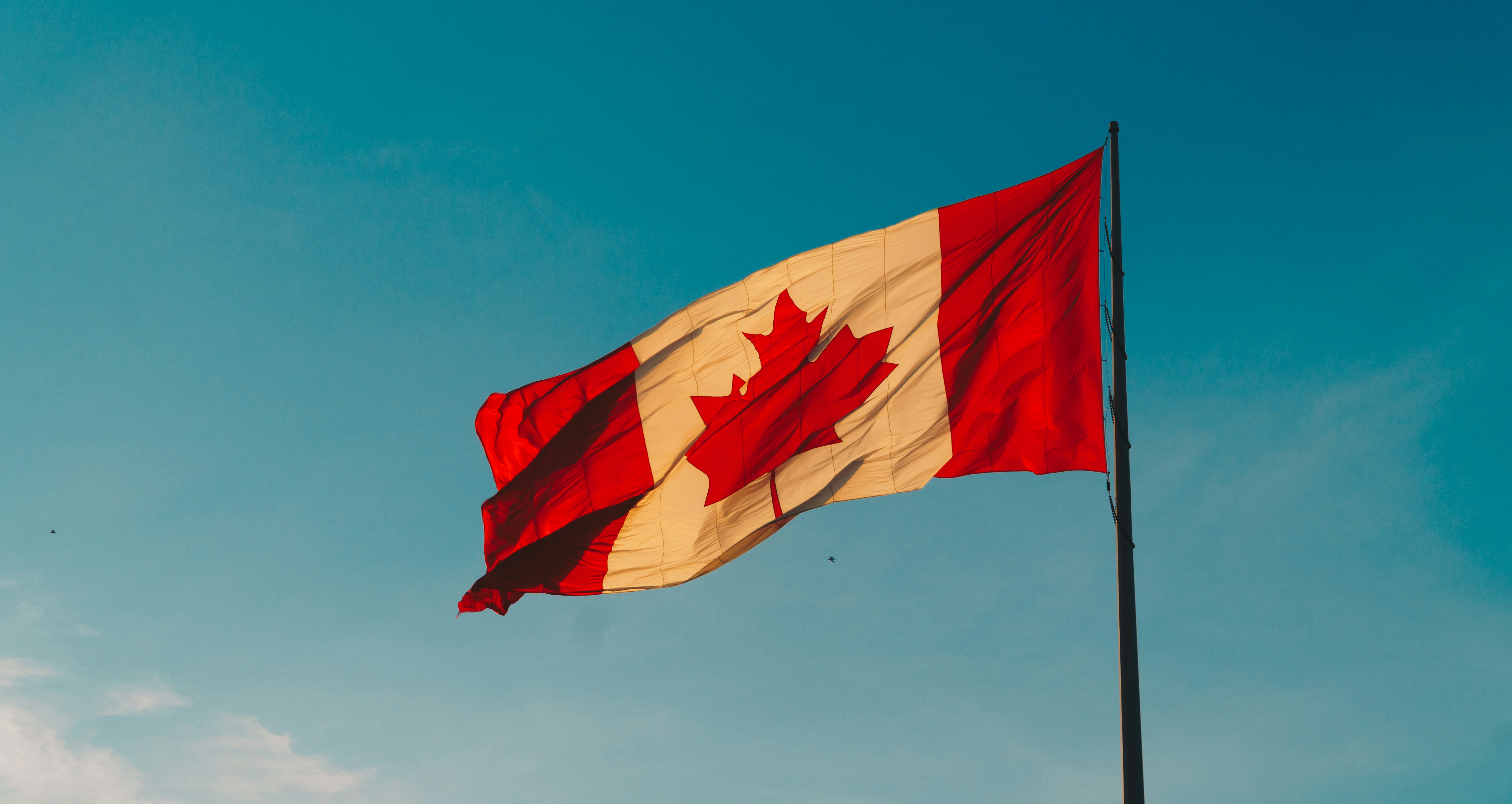
Express Entry System Overview
The Express Entry system is one of the most popular ways to gain permanent residency in Canada. It uses a points-based system to rank candidates based on factors like age, education, work experience, and language skills. Here’s how it works:
- Profile Creation: Applicants create an online profile detailing their qualifications.
- Comprehensive Ranking System (CRS): Points are assigned based on the information provided.
- Invitation to Apply (ITA): The highest-ranking candidates receive an ITA for permanent residency.
- Final Application: Once invited, applicants submit their documents and undergo background checks.
This pathway is competitive but transparent, making it a top choice for skilled workers.
Provincial Nominee Programs Explained
Canadas provinces and territories have their own immigration programs, called Provincial Nominee Programs (PNPs). These programs allow provinces to nominate individuals who meet specific local labor market needs. For instance:
- Alberta: Focuses on energy and agriculture sectors.
- British Columbia: Seeks professionals in healthcare and technology.
- Ontario: Welcomes a variety of skilled workers due to its diverse economy.
PNPs often require applicants to have a job offer in the region or skills in demand locally. After nomination, candidates can apply for permanent residency through federal immigration channels.
Family Sponsorship Opportunities
Canada places a strong emphasis on family reunification. Through the Family Sponsorship program, Canadian citizens and permanent residents can sponsor certain relatives to join them in Canada. Eligible relationships include:
- Spouse or common-law partner
- Dependent children
- Parents and grandparents
Sponsors must demonstrate financial ability to support their relatives and meet other eligibility criteria. This pathway ensures families can build their lives together in Canada.
"Navigating these pathways can seem overwhelming, but understanding the steps and criteria for each option makes the journey smoother. With the right preparation, permanent residency is within reach."
Navigating Work and Study Permits
Work Permit Categories and Eligibility
If you're planning to work in Canada, understanding the different types of work permits is key. Work permits fall into two broad categories: employer-specific and open work permits.
- Employer-Specific Work Permits: These are tied to a particular employer, meaning you can only work for the employer listed on your permit. Examples include permits under the Temporary Foreign Worker Program or LMIA-required permits.
- Open Work Permits: These allow you to work for almost any employer in Canada. Popular options include the Post-Graduation Work Permit (PGWP) and the Spousal Open Work Permit.
To qualify for a work permit, you’ll typically need a job offer, proof of qualifications, and in some cases, a Labor Market Impact Assessment (LMIA). However, exceptions exist, especially for open work permits.
Tip: Immigration and Border Services officers now have the authority to cancel work permits under certain conditions. Ensure your documents and employment comply with Canadas immigration laws. Learn more about work permits.
Study Permits for International Students
Canada is a top destination for international students, offering world-class education. To study here, you’ll need a study permit, which acts as your ticket to access Canadian educational institutions.
Steps to Obtain a Study Permit:
- Secure an acceptance letter from a Designated Learning Institution (DLI).
- Gather documents like proof of financial support and a valid passport.
- Submit your application online or through a visa office.
Starting in 2024, Canada introduced faster processing for students attending Recognized Institutions under a new framework. Keep an eye on these changes to make your application smoother.
Transitioning from Temporary to Permanent Residency
Many students and workers in Canada aim to transition to permanent residency (PR). Programs like the Canadian Experience Class (CEC) under the Express Entry system make this possible.
Here’s how you can make the shift:
- Gain Canadian Experience: Work or study in Canada to build eligibility for PR programs.
- Meet Program Criteria: Ensure you meet language, work experience, and other requirements.
- Apply for PR: Submit your application through Express Entry or Provincial Nominee Programs (PNPs).
Transitioning from temporary status to PR can be a game-changer, offering stability and long-term opportunities in Canada.
Preparing for Life in Canada as a Newcomer
Essential Documents for Newcomers
Getting your paperwork in order is one of the first things youll need to tackle after arriving in Canada. Without the right documents, accessing services and opportunities can be much harder. Here’s what you’ll need:
- Social Insurance Number (SIN): This is required for working in Canada and accessing government programs. You can apply online or at a Service Canada office.
- Permanent Resident (PR) Card: If you’re a permanent resident, this card is your key ID for re-entering Canada and proving your status.
- Health Insurance Registration: Depending on your province, you may need to apply for a health card to access public healthcare services.
Finding Housing and Employment
Settling into a new home and finding work can feel overwhelming, but taking it step by step makes it manageable. Here’s how to get started:
- Housing:
- Employment:
Accessing Healthcare and Social Services
Canadas healthcare system is publicly funded, but the process varies by province. Here’s what you need to know:
- Health Coverage: Most provinces have a waiting period before coverage starts. Temporary health insurance can help bridge the gap.
- Finding a Doctor: Use provincial directories to locate family doctors accepting new patients. Walk-in clinics are also an option for immediate needs.
- Social Services: Many free services are available to help newcomers settle in, including language classes, job search assistance, and community integration programs.
Starting fresh in Canada is a big step, but with the right preparation and resources, it can also be incredibly rewarding. Take it one task at a time, and don’t hesitate to ask for help along the way.
Modernization of the Immigration Process
Online Application Systems
Canada’s immigration process has made a significant shift to the digital world. Now, most visa applications must be submitted online, which has streamlined the entire process. This change has made applications faster and easier to track for both applicants and officials. Heres what you should know:
- Universal Online Access: All visa types, from work permits to permanent residency, are now accessible online.
- Real-Time Updates: Applicants can check the status of their applications without needing to contact an office.
- Reduced Paperwork: Going digital means less hassle with physical documents and mail delays.
This move is part of a broader effort to modernize and simplify immigration for everyone.
Role of AI in Visa Processing
Artificial intelligence is playing a growing role in Canada’s immigration system. AI tools are now being used to:
- Screen Applications: Quickly identify incomplete or high-risk applications.
- Speed Up Processing: Automate routine tasks, cutting down on manual work.
- Improve Fairness: Reduce human bias by relying on data-driven decisions.
But it’s not all automated—human officers still review critical cases to ensure fairness and accuracy. This balance between AI and human oversight is helping Canada handle the rising number of applications more efficiently.
Faster Processing Times and Transparency
Canada has taken steps to make the immigration process quicker and more transparent. Here’s what’s new:
- Shorter Wait Times: Many visa types, including family sponsorships, now have reduced processing times.
- Enhanced Communication: Applicants receive clearer updates about their application status and next steps.
- Data Analytics: Advanced tools help prioritize applications based on urgency and complexity.
Canadas modernization efforts are not just about speed—they’re about creating a system that’s fair, transparent, and easier to navigate for everyone.
For example, recent measures have led to an 89% decrease in illegal crossings from the U.S. to Canada, showing how technology and policy updates are improving border security and immigration processes alike.
Overcoming Challenges in the Immigration Journey

Common Barriers Faced by Immigrants
Moving to a new country like Canada can be exciting, but it also comes with obstacles. Here are some of the most common challenges immigrants face:
- Language Barriers: Many newcomers struggle with English or French, making it harder to find jobs, access services, or even make friends. Language classes and practice groups can help.
- Financial Strain: Relocation costs, housing, and living expenses add up fast. Immigrants often need to budget carefully or explore financial aid programs.
- Cultural Adjustment: Adapting to a new culture can feel overwhelming. Differences in customs, food, and social norms may create a sense of isolation.
- Recognition of Qualifications: Professionals often find that their credentials aren’t recognized in Canada, requiring additional training or certification.
Support Programs for Newcomers
Canada offers various programs to help immigrants settle in and overcome these hurdles. Some key resources include:
- Language Training: Government-funded language classes are available to improve English or French skills.
- Employment Services: Job search workshops, resume building, and networking events are designed for newcomers.
- Community Support: Local organizations provide mentorship, cultural orientation, and counseling services.
- Financial Assistance: Programs exist to help with housing, education, and other essential needs.
"Support programs are a lifeline for many immigrants, helping them build a foundation for a successful life in Canada."
Tips for a Smooth Transition
To make your move easier, consider these tips:
- Learn the Language Early: Start language classes before arriving in Canada if possible.
- Research Job Markets: Understand which industries are hiring and tailor your skills accordingly.
- Connect with Communities: Join local groups or online forums to meet people who share your background or interests.
- Stay Flexible: Be open to new experiences and willing to adapt your plans as needed.
By addressing these challenges head-on and taking advantage of available resources, immigrants can navigate their journey with greater confidence.
Wrapping It Up
So, there you have it. Moving to Canada in 2025 might seem like a big leap, but with the right info and a bit of planning, it’s totally doable. Whether you’re chasing a new job, better opportunities for your family, or just a fresh start, Canadas got a lot to offer. Sure, the process can feel overwhelming at times, but take it one step at a time. And remember, every journey starts with that first step. Good luck on your adventure, and heres to new beginnings!
FAQ
Canada offers several immigration pathways, including the Express Entry system, Provincial Nominee Programs (PNPs), and family sponsorships. Each has its own requirements and benefits, depending on your situation.
The Express Entry system is a points-based program for skilled workers. Applicants create a profile and are ranked based on factors like age, education, work experience, and language skills. High-ranking candidates receive invitations to apply for permanent residency.
Common documents include a valid passport, language test results (like IELTS or TEF), proof of funds, educational credentials, and a medical exam. Specific requirements may vary based on the visa type.
Yes, international students with a valid study permit can work part-time during school terms and full-time during scheduled breaks. Some programs also allow spouses of students to apply for work permits.
Canada offers various support programs for newcomers, including language classes, job search assistance, and settlement services. Many provinces and cities also have local organizations to help immigrants adapt.
Many temporary visa holders, such as those on work or study permits, can apply for permanent residency through programs like the Canadian Experience Class or Provincial Nominee Programs. Meeting eligibility criteria is key.

